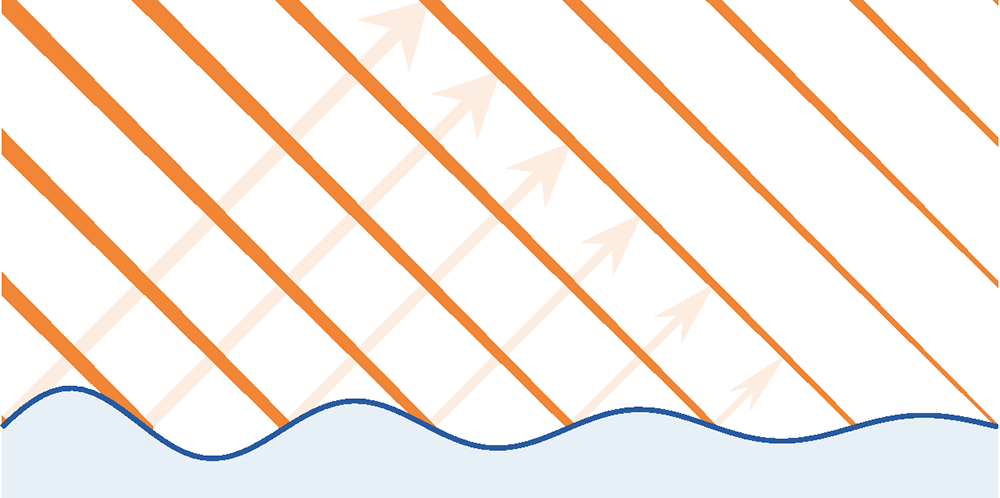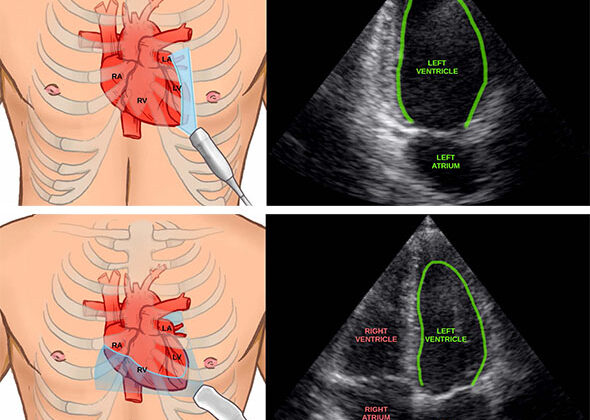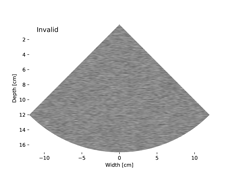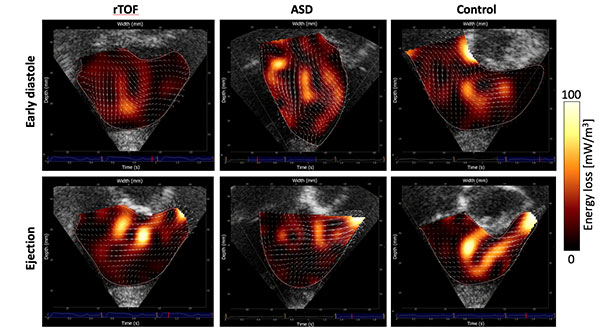Blue skies innovation
Basic research (or blue skies research) may be defined as research to understand the basic mechanisms of nature. Such research is often regarded as curiosity driven and defined by scientists.
Having worked more than 20 years with research and development, mostly in academia, I have always been taught that this is the best way to do science as the findings of such work can lead to unforeseen gains to society in the form of new knowledge and innovations.
Innovation can, on the other hand, be defined as gathering a group of people to solve real-world problems. This is almost the opposite of blue skies research, as here, a known problem is addressed specifically.
Personally, I have always felt that parts of the academic community have looked in disdain at innovation, as this seemingly betrays the notion of academic freedom and the knowledge-driven researcher. On the other hand, innovators may think academics are not focused enough on solving the problems of the real world, and that they are more interested in figuring out nitty gritty details. Over the years, my view on this has changed, and being the leader of a centre for research-based innovation, the world does not appear black or white.
Regardless of the polemic discussion above, my experience from working in CIUS is that a tight focus on innovation in many cases also leads to the development of fundamental new knowledge. In other words, in CIUS we see that a focus on innovation leads to basic research. I will illuminate this with some recent examples from the fantastic researchers working at our centre:
CIUS researcher Erlend Viggen has been working on ultrasonic logging in oil and gas wells for many years. These ultrasonic measurements are analysed by log interpreters to verify that these wells are hydraulically sealed by cement or rock. Such seals control the flow of oil and gas, preventing catastrophes where large amounts of hydrocarbons leak out into the environment. While building an efficient computer model for propagation for an important logging application, Viggen and his MSc student Håvard Arnestad (now a PhD candidate at UiO) realised how important a phenomenon called subsonic radiation was for this application.
Simply put, subsonic radiation is when a vibrating surface produces a sound wave even though the vibration moves slower than the speed of sound – a phenomenon that every acoustics textbook Viggen and Arnestad could find considered to be impossible. Only a handful of research articles had observed the phenomenon, but a fundamental understanding of it was missing. After digging into it, Viggen and Arnestad now have a research article on the way that provides the missing understanding of this quite fundamental acoustics phenomenon. You can read more about it in this preprint of the article: https://s.ntnu.no/Viggen_article.

PhD candidate Annichen Søyland Daae is a medical doctor and has used a new ultrasound method called Blood Speckle Tracking (BST) to investigate the complex blood flow inside the heart. A version of BST called Blood Speckle Imaging (BSI) was launched commercially by CIUS partner GE Vingmed Ultrasound in 2017 based on work prior to CIUS.
BST allows for visualisation of the complex blood flow inside the body with very high time resolution, and in all directions. In her project, Daae has used BST to describe the normal physiology and the coupling between the blood flow and the geometry of the heart, and is currently working on describing the differences in blood flow between the healthy and the sick heart. She has basically described unknown physiology in the heart, with complex vortex flow changing shape and form with different diseases and shapes of the heart.
The start of both these projects was with a goal of solving real-world problems: How to help log interpreters analyse ultrasonic data from oil and gas wells more efficiently and robustly; and how a new commercially available technology could help describe new features of heart disease, potentially providing new diagnostic methods for clinicians. Both projects ended up with beneficial side-effects: new basic knowledge that may be translated into more use and understanding of the complex phenomena of subsonic radiation and the blood flow in hearts.
To me, it is very clear that innovation is also a path to fundamental research, and we see this happening in almost all CIUS projects. As stated above, the world of basic research and innovation does not appear black or white to me anymore, it is more like blue skies in all directions…
This article first appeared in the 2022 CIUS Annual Report.
Svein-Erik Måsøy
- Svein-Erik Måsøy#molongui-disabled-link
- Svein-Erik Måsøy#molongui-disabled-link
- Svein-Erik Måsøy#molongui-disabled-link



